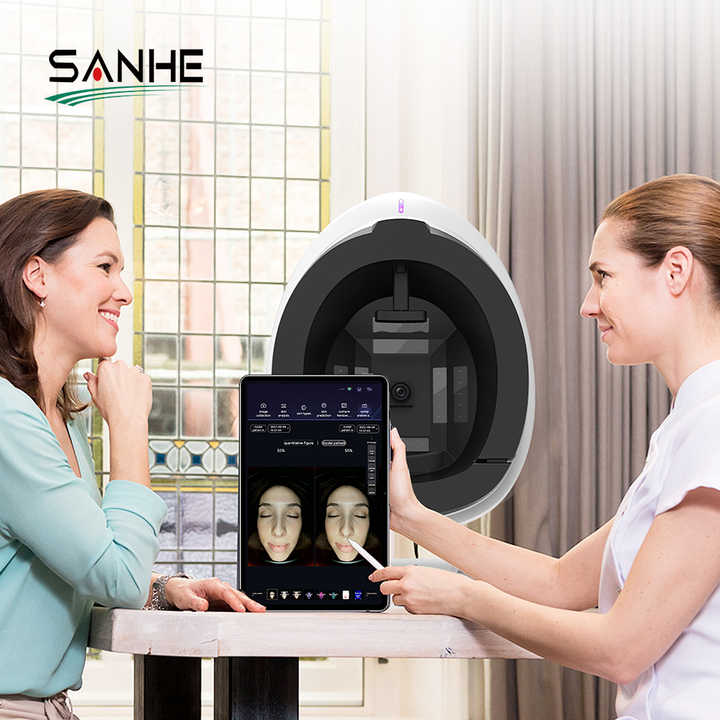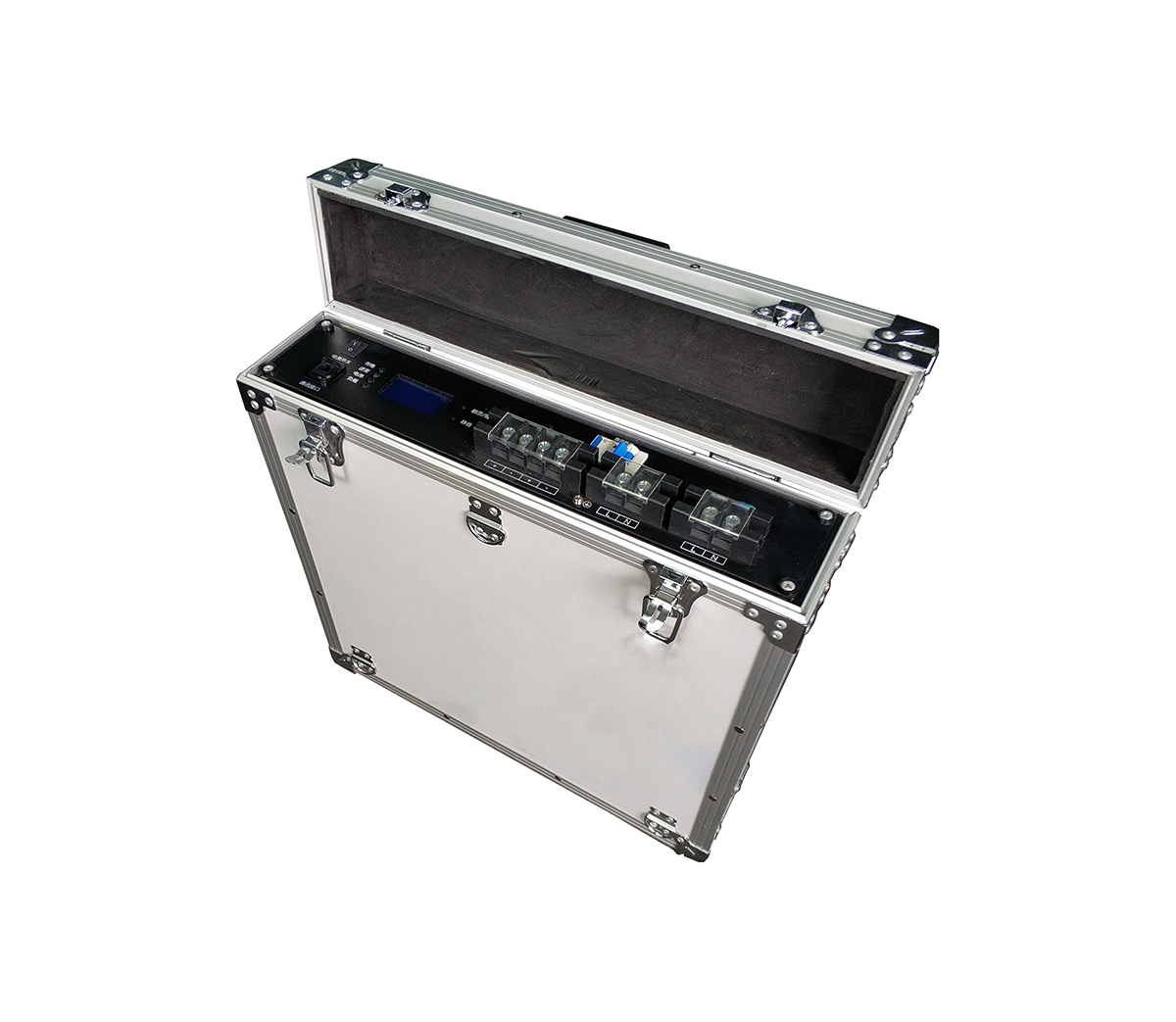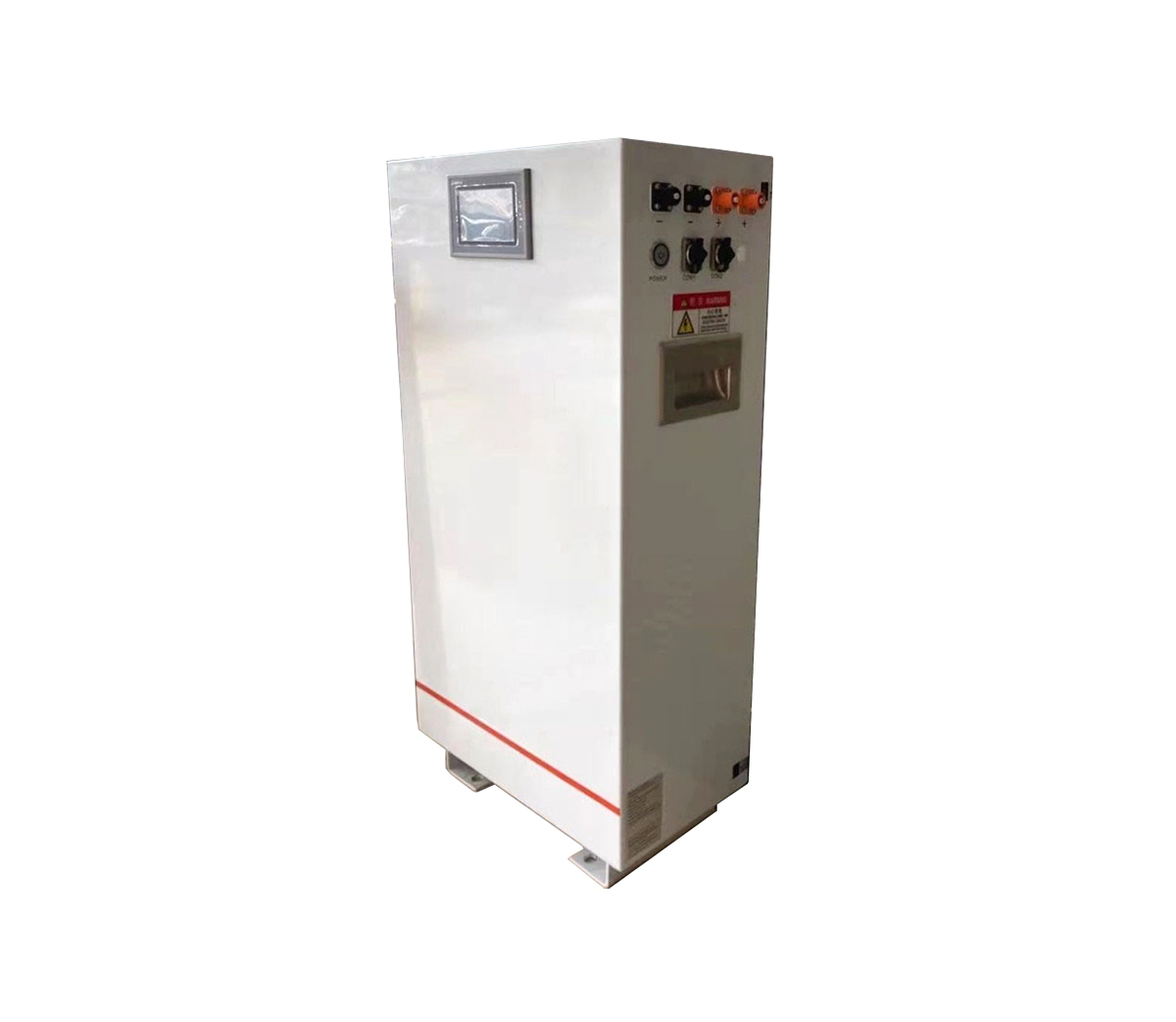Electrochemical energy storage is the type of energy storage with the
highest proportion of installed capacity, the most abundant application
scenarios and functions in new energy storage. The choice of battery technology
route has gone through a confusing process. Lithium batteries, sodium-sulfur
batteries, flow batteries and many other types are currently dominated by
lithium iron phosphate batteries. However, lithium iron phosphate batteries have
not become the "ultimate answer", new battery technology routes are still
emerging or evolving, and the exploration of battery technology routes is still
continuing.
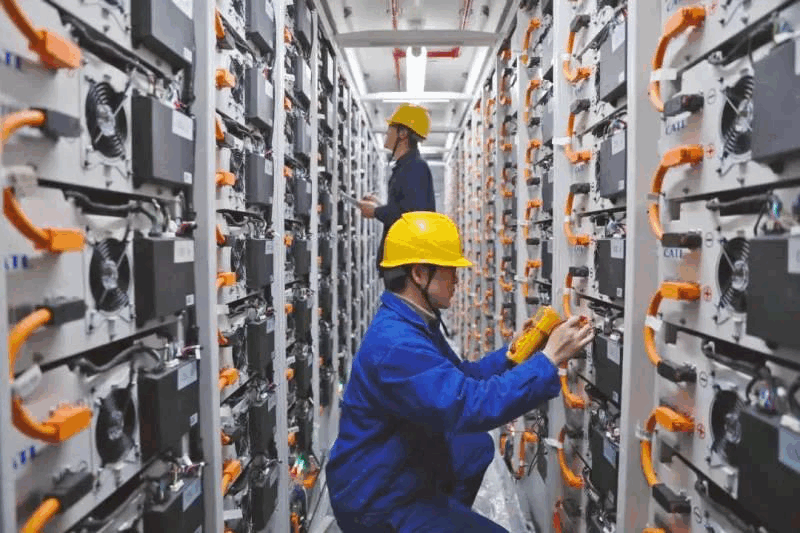
Before 2017, except for the commercial application of thermal power
frequency regulation projects in a few areas, the development of electrochemical
energy storage was generally in the stage of experimental demonstration, and the
industry was in the stage of exploring the characteristics of various energy
storage batteries. For example, for the wind and solar energy storage project
put into operation in 2011, battery technology routes such as lithium iron
phosphate battery, lithium titanate battery, all-vanadium flow battery, and
lead-carbon battery were used for demonstration and verification; Demonstration
and verification of lithium titanate battery and lithium iron phosphate battery.
Through these projects, the performance and operating characteristics of various
types of batteries are analyzed and summarized, which lays the foundation for
the commercial application of energy storage batteries.
At the same time, the electric vehicle industry is developing rapidly, and
lithium batteries, mainly lithium iron phosphate batteries and ternary lithium
batteries, have brought performance improvements and rapid cost reductions
through scale and industrialization, especially lithium iron phosphate
batteries. It has the advantages of high energy density, many times of charge
and discharge, high conversion efficiency, safety and so on. With the advantages
of industrialization, the cost of lithium iron phosphate batteries is declining
rapidly. According to relevant data, the cost per watt-hour of lithium iron
phosphate batteries has dropped from about US$0.5/Wh in 2010 to about US$0.12/Wh
by the end of 2020.
The exponential decline in price and the improvement in performance make
lithium iron phosphate batteries have the advantage of full life cycle cost,
thus gradually becoming the dominant choice in the market. According to
statistics, in 2021, among the new electrochemical energy storage technologies
in China, the installed capacity of lithium-ion battery energy storage
technology will reach 1830.9MW, and the power scale will account for as high as
99.3%; the installed capacity of lead battery energy storage technology will be
2.2MW; The installed capacity of battery energy storage technology is 10.0MW;
the installed capacity of other electrochemical energy storage technologies is
1.52MW.
At the same time, although lithium iron phosphate batteries are relatively
safe, they are not absolutely safe. There have been many accidents in recent
years, and the pursuit of safer batteries has always been the goal of the
industry. In addition, since 2021, the skyrocketing prices of raw materials
including lithium carbonate have led to a rapid increase in the construction
cost of energy storage power stations. Since the second half of last year, many
energy storage projects have entered a wait-and-see stage, which has also
prompted the industry to turn its attention to other battery types, such as
liquid flow Batteries, lithium titanate batteries, sodium ion batteries, etc.,
although other battery types still have a certain gap from lithium iron
phosphate batteries in terms of technological maturity and cost, but with the
development of technology and the improvement of the industrial chain, they will
gradually change from The experimental demonstration is moving towards
commercial application.
Today's energy storage system integrators are turning to offering
standardized, modular and integrated products that are simpler to assemble and
install in the factory. There is no doubt that this route has indeed become the
consensus of many lithium battery energy storage system integrators, and SES
Power is also advancing on this route, 36V100Ah, 48V100Ah, household energy
storage 3KW, 5KW systems, rack-mounted energy storage systems and other
products. Almost all of these products are standardized and modularized,
integrating RS485, CAN and other communication protocols to support remote
monitoring and operation. At the same time, AI intelligent analysis and cloud
storage are added to the new generation of systems to ensure system
compatibility, high speed and reliability.
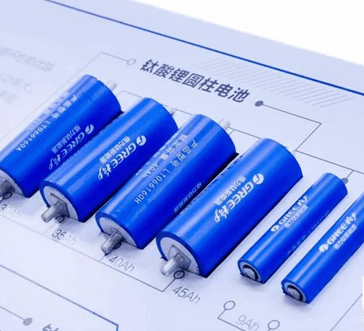
At present, new technology routes for energy storage batteries are
emerging, including aluminum-ion batteries, solid-state lithium-ion batteries,
metal-air batteries, and lithium slurry batteries. The diversification of
technical routes can meet the needs of different application scenarios and
functions. In the application of projects, there are often differences in
short-term or long-term energy storage, shortage of land resources or abundant
areas, and large differences in natural environment. Diversified routes can
adapt to different needs. For example, as new energy gradually becomes the main
energy source, long-term Time energy storage will become its indispensable
element, while lithium iron phosphate is not suitable for long-term energy
storage needs, and more suitable energy storage types need to be developed.
SES Power believes that with the continuous improvement of energy storage
battery technology, the maturity of the market model, and the rapid expansion of
application scale, the era of energy revolution supported by energy storage
technology has quietly arrived. To develop high-safety, low-cost,
high-reliability, long-life, and environmentally friendly energy storage
batteries to reduce the cost of the entire life cycle of the system, the
industry still needs to continue to make efforts.











